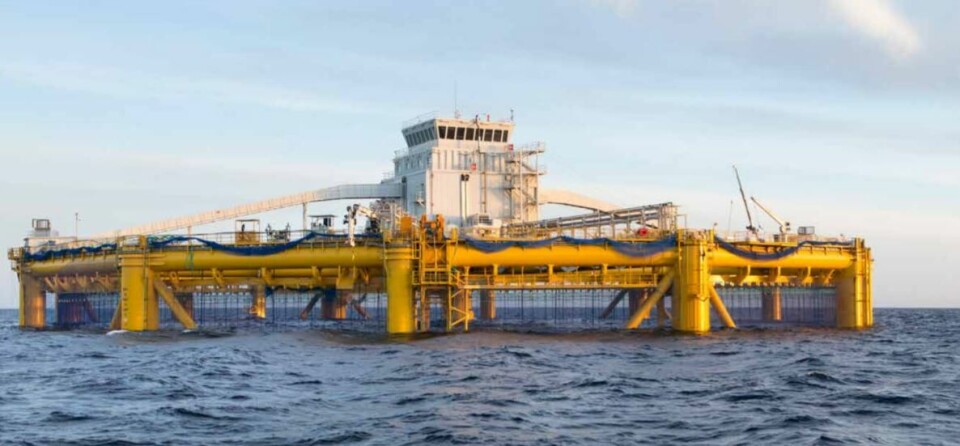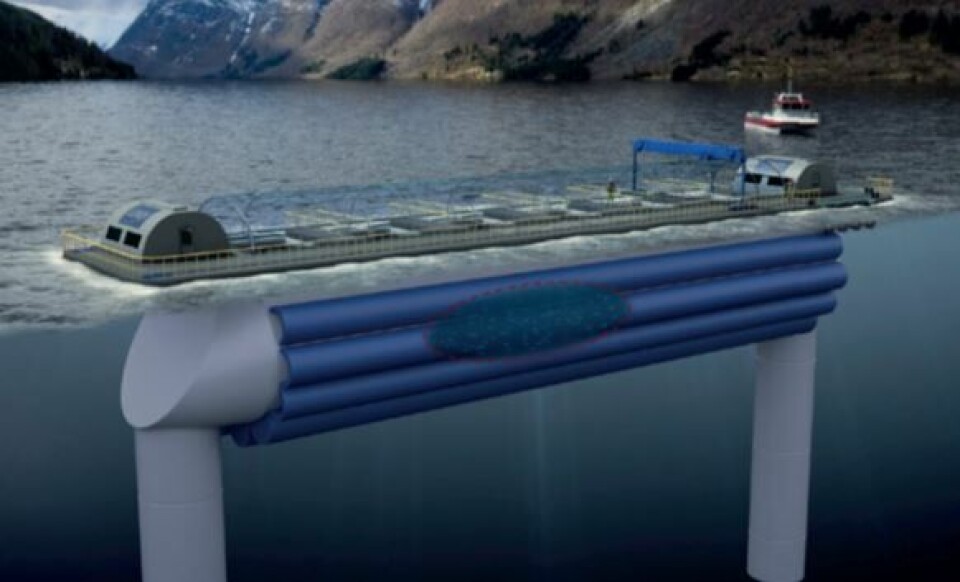
Scottish Sea Farms owners report on record year
The Norwegian co-owners of Scottish Sea Farms – Lerøy and SalMar – both published their annual reports today.

Lerøy Seafood Group chief executive Henning Kolbjørn Beltestad said 2017 “will go down in the history books as the best year ever” for the Group. Revenue was up from NOK 17.3 billion in 2016 to a total NOK 18.6 billion in 2017. The Group has also reported a record-high volume, and operating profit is up from NOK 2.8 billion in 2016 to NOK 3.7 billion in 2017. Lerøy’s figures include earnings from its white fish operations.
In 2018, Lerøy expects to harvest 182,000 tonnes of salmon and trout, including its share of the volume from SSF. The report added: “The Group believes it has the potential to achieve further growth in volume with its existing licences.”
Referring to SSF, which is building a RAS hatchery at Barcaldine, near Oban, the report stated: “The company expects to harvest 26,000 tonnes of salmon in 2018. SSF has significant potential for organic growth in the years to come and aims to achieve an annual harvest volume of between 35,000 and 40,000 tonnes from existing licences. To ensure such a high volume, the company is currently making major investments in smolt production.”
SalMar also reflected on strong financial results – including a record operational EBIT of NOK 3.16 billion - which recently-appointed chief executive Olav Andreas-Ervik said showed not only a record level of profitability for the company’s operations, “but also the fact that SalMar is an organisation staffed by many dedicated and highly skilled employees, who – through their joint efforts – have succeeded in creating substantial value for shareholders, employees and society alike”.

Commenting of SSF, the report said the Scottish company also made record earnings in 2017. It added: “The company has profited from a strong market and increased its price achievement, at the same time as its harvested volume rose. The company made a net profit for the year of NOK 541 million.”
SalMar expects to harvest a total of 143,000 tonnes of salmon in 2018, an increase of around 7,800 tonnes compared with 2017.
Both Lerøy and SalMar updated investors on their experimental salmon farming concepts – Preline (the “pipe farm”) and Ocean Farm 1, respectively.
Lerøy said the site of the Preline prototype in Sagen, Hordaland, was already reporting good results. Smolts spend the first six months of their 15 months at sea in the Preline – a closed, floating pipe with a constant water flow that prevents the fish being exposed to lice.
Ocean Farm 1 has been designed to farm large quantities of fish in the open sea.
In the report, Ervik said: “So far, the pilot phase has gone well. Although it is still early days in the development of an entirely new concept, our basic idea seems to be holding up. The salmon appear to be thriving in this environment. Nevertheless, there is a long road ahead before any conclusions can be drawn from the project.”
He added: “If we are to take aquaculture production out into open water, it will be necessary to further develop the technology. At the same time, the authorities must also contribute by creating a regulatory framework that allows an innovative industry to make use of the sea for sustainable food production.”






















































